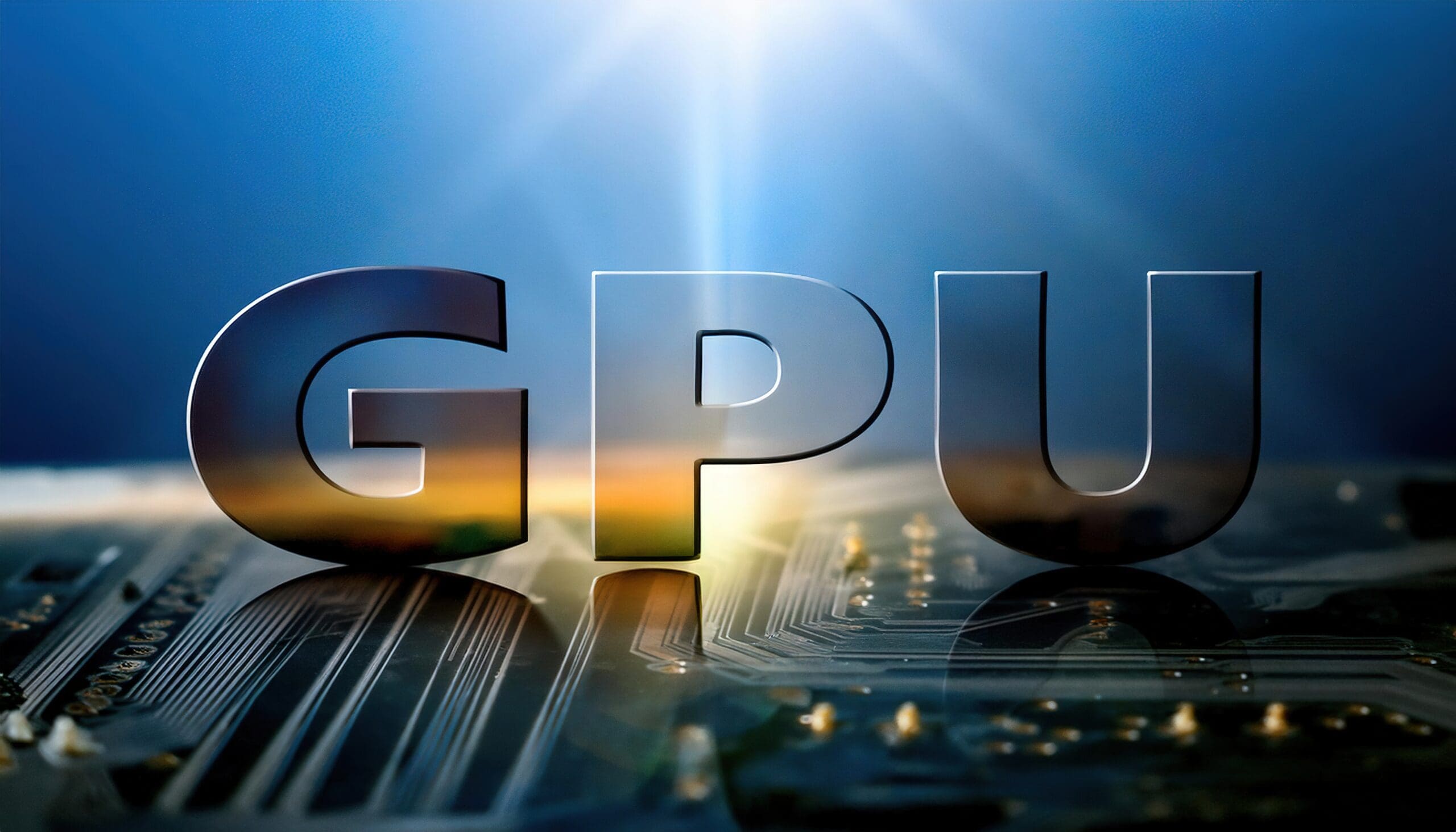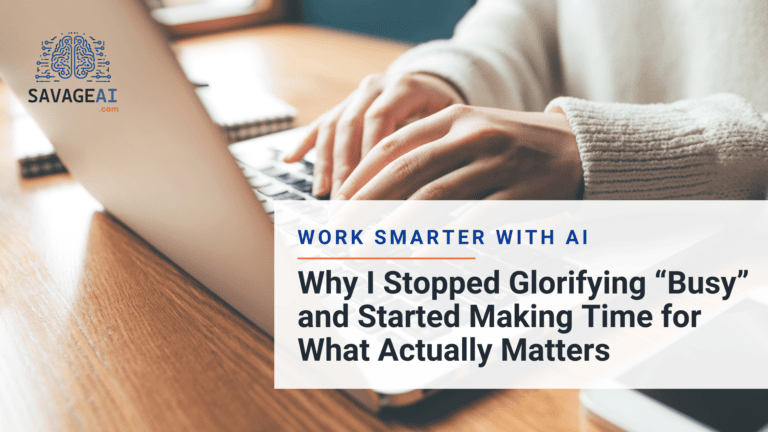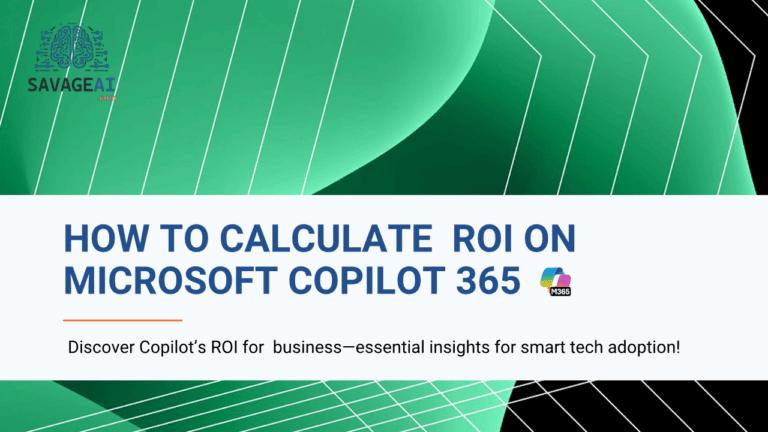In the world of artificial intelligence (AI), deep learning has emerged as a powerful tool for solving complex problems. From image recognition to natural language processing, deep learning algorithms are transforming industries. However, to harness the full potential of these algorithms, the right hardware is essential. This is where Graphics Processing Units (GPUs) come into play. But does that mean everyone needs a strong GPU to use AI?
The Power of Parallel Processing
GPUs are designed to handle multiple tasks simultaneously, making them ideal for the parallel processing required in deep learning. Unlike Central Processing Units (CPUs), which are optimized for sequential tasks, GPUs can process thousands of operations in parallel. This capability significantly speeds up the training of deep learning models, which often involve large datasets and complex computations.
CPUs: The Brains of the Computer
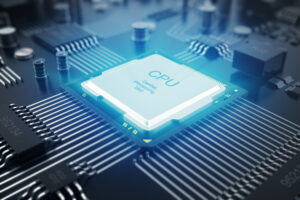
Central Processing Units (CPUs) are often referred to as the brains of the computer. They were developed to handle a wide range of tasks, from running operating systems to executing complex calculations. CPUs are optimized for sequential processing, meaning they can handle one task at a time very efficiently. This makes them ideal for tasks that require a lot of decision-making and logic, such as running applications and managing system resources.
GPUs: The Muscle of the Computer
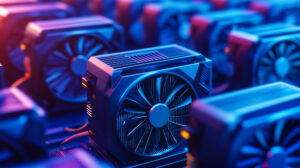
Graphics Processing Units (GPUs), on the other hand, were originally developed primarily for gaming. Their main purpose was to handle the complex graphics rendering required for video games, which involves processing a large number of pixels simultaneously to create smooth and realistic images. This capability made GPUs highly effective for tasks that could be parallelized, such as rendering 3D graphics and animations. As technology advanced, the potential of GPUs for other applications became apparent. Researchers and developers realized that the parallel processing power of GPUs could be harnessed for a wide range of computational tasks beyond gaming. This led to the adoption of GPUs in various business applications, particularly in fields that require intensive data processing and complex computations, such as deep learning, scientific simulations, and financial modeling.
Working Together
CPUs and GPUs work together to provide a balanced and efficient computing experience. While the CPU handles general-purpose tasks and decision-making, the GPU takes on the heavy lifting of parallel processing. In deep learning, this means the CPU can manage the overall workflow and data preprocessing, while the GPU handles the intensive computations required for training models.
We’ve All Been There

Picture this: you’re at a bustling restaurant with a large group of friends. The place is packed, and there’s only one waiter trying to serve everyone. Naturally, it takes a while for your food to arrive. Now, imagine if there were several waiters, each attending to different tables at the same time. The service would be much quicker and more efficient. This scenario is quite similar to how CPUs and GPUs work. While a single CPU handles tasks one at a time, a single GPU can tackle many tasks simultaneously, speeding up the entire process.
Does a GPU Help Run AI Applications on a PC?
AI applications, like Microsoft Copilot, Google Gemini, and ChatGPT, primarily rely on cloud-based infrastructure to perform generative AI tasks. This means that the heavy computational work, such as processing large datasets and running complex AI models, is handled on powerful servers in the cloud rather than on your local PC. This approach allows users to benefit from advanced AI capabilities without needing high-end hardware on their personal devices.
However, having a good GPU on your PC can still be beneficial for certain tasks. For example, if you’re working with applications that involve graphics rendering, video editing, or other GPU-accelerated tasks, a strong GPU can enhance performance and efficiency. Additionally, some AI applications might leverage local GPU resources for specific operations, but the core generative AI work for Microsoft Copilot is handled in the cloud.
Examples of Business Applications That Benefit from a Strong GPU
- Video Editing and Rendering: Applications like Adobe Premiere Pro and DaVinci Resolve use GPUs to accelerate video rendering and editing processes. A powerful GPU can significantly reduce the time it takes to render high-resolution videos and apply complex effects.
- 3D Modeling and Animation: Software such as Autodesk Maya, Blender, and Cinema 4D rely on GPUs for rendering 3D models and animations. A strong GPU can handle the intensive computations required for creating detailed and realistic graphics.
- Data Analytics and Visualization: Tools like Tableau and Power BI can leverage GPU acceleration to process and visualize large datasets more efficiently. This allows for faster data analysis and more interactive visualizations.
- Scientific Simulations: Applications used in fields like computational chemistry, physics, and biology often require significant computational power. Software such as GROMACS and ANSYS can utilize GPUs to perform complex simulations and calculations more quickly.
- Machine Learning and AI: Deep learning frameworks like TensorFlow, PyTorch, and CUDA are optimized for GPUs. A strong GPU can accelerate the training and inference of machine learning models, making it essential for AI research and development.
- Financial Modeling: In the finance industry, applications that perform risk analysis, algorithmic trading, and portfolio optimization can benefit from GPU acceleration. This allows for faster and more accurate computations, which are crucial for making informed financial decisions.
- CAD Applications: Computer-Aided Design (CAD) software such as AutoCAD, SolidWorks, and CATIA benefit from GPU acceleration for rendering complex designs and simulations. A powerful GPU can enhance the performance and efficiency of these applications, making it easier to work with detailed and intricate models.
Choosing the Right Hardware for Your Needs
If your primary use for the computer is business-related tasks and you want to take advantage of AI services like Microsoft Copilot and Microsoft Azure AI services through applications, you do not need to invest in a high-end GPU. These AI services are designed to run efficiently using cloud-based infrastructure, meaning the heavy computational work is handled on powerful servers in the cloud rather than on your local machine.
As long as your computer meets the general requirements for running business applications and has a decent CPU, you should be able to use these AI services effectively without needing a beefed-up GPU. However, if you plan to do any intensive graphical work, as we discussed, then investing in a more powerful GPU would be beneficial.
Are You Ready to Unlock AI in Your Workplace?
Dive deeper into the real-world applications of AI with our specialized training classes. Whether you’re a Business Leader, an IT Professional, or an End User, we have tailored courses designed just for you. Equip yourself and your team with the knowledge and skills to maximize your AI investment and achieve the best ROI. Join us and begin your AI journey today!

